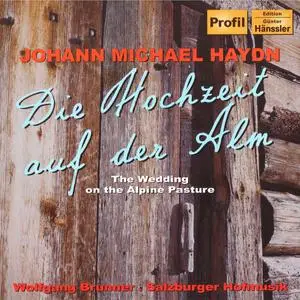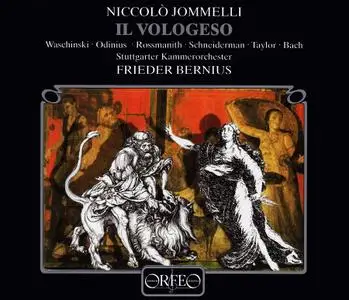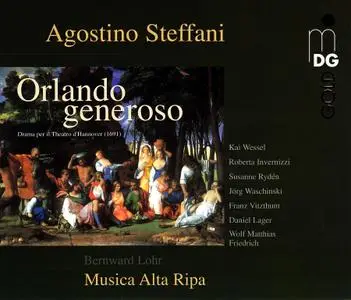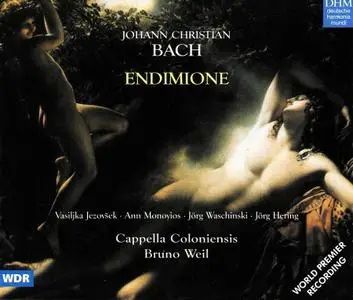Wolfgang Brunner, Salzburger Hofmusik - Michael Haydn: Die Hochzeit auf der Alm; Der Bassgeiger zu Wörgl (2006)
EAC | FLAC | Tracks (Cue & Log) ~ 311 Mb | Total time: 65:14 | Scans included
Classical | Label: Profil | # PH06061 | Recorded: 2006
EAC | FLAC | Tracks (Cue & Log) ~ 311 Mb | Total time: 65:14 | Scans included
Classical | Label: Profil | # PH06061 | Recorded: 2006
"When the ci-hitty gets into a bu-hoys sy-hist-em, he loses his a-hankerin' for the cou-huntry." So intones W.C. Fields in his Yukon-based Victorian absurdist two-reeler The Fatal Glass of Beer (1933). However, if the city you lived in was Salzburg, Austria, the idea of "a-hankerin' for the cou-huntry" was a popular one, and Salzburg's court composer Johann Michael Haydn paid tribute to it through these two little "Abbey operettas" written not for a civic theater, but for the theater at the Benedictine University in Salzburg. Haydn's singspiel Die Hochzeit auf der Alm (The Wedding on the Alpine Pasture, 1763) was intended as a mere opener to Salzburg scribbler Florian Reichssiegel's ponderous five-act Latin tragedy Pietas conjugalis in Sigismundo et Maria; however, it was the singspiel that won the day.





